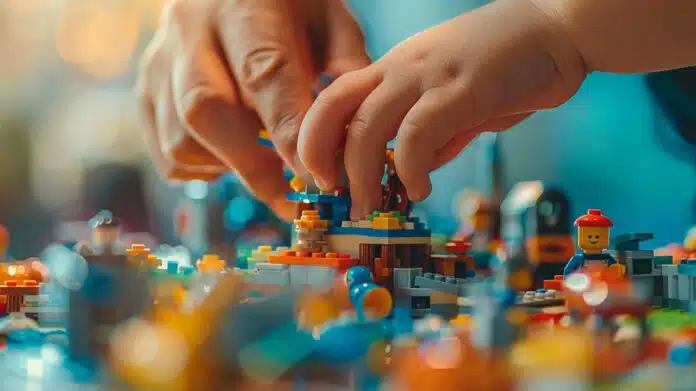
By Ashwini Sakharkar 10 Oct, 2024
Collected at: https://www.techexplorist.com/new-joining-technology-improves-strength-stability-structures/91028/
In a groundbreaking collaboration between Texas A&M University and Sandia National Laboratories, researchers have made significant advancements in a revolutionary joining technology known as interlocking metasurfaces (ILMs). This innovative technique, utilizing shape memory alloys (SMAs), promises to elevate the strength and stability of structures, surpassing traditional methods such as bolts and adhesives.
With potential applications ranging from aerospace and robotics to biomedical devices, ILMs have the power to revolutionize mechanical joint design in manufacturing.
“ILMs are poised to redefine joining technologies across a range of applications, much like Velcro did decades ago,” said Dr. Ibrahim Karaman, professor and head of the Department of Materials Science and Engineering Department at Texas A&M. “In collaboration with Sandia National Laboratories, the original developers of ILMs, we have engineered and fabricated ILMs from shape memory alloys. Our research demonstrates that these ILMs can be selectively disengaged and re-engaged on demand while maintaining consistent joint strength and structural integrity.”
Similar to the familiar concept of Legos or Velcro, ILMs facilitate the joining of two bodies by effectively transmitting force and constraining movement. What makes this development truly remarkable is that, until now, this joining method has been passive, necessitating force for engagement. This breakthrough ushers in a new era of dynamic and responsive joint design with far-reaching implications for various industries.
Harnessing the power of 3D printing, the teams have pioneered the design and production of active ILMs (integrated load-bearing members) using shape memory alloys (SMAs) such as nickel-titanium. These remarkable materials have the ability to revert to their original shape after being deformed, simply by altering the temperature.

This breakthrough in joining technology through temperature manipulation unlocks a realm of possibilities for creating intelligent, adaptive structures. This innovative approach ensures that these structures maintain their strength and stability while also offering enhanced flexibility and functionality.
“Active ILMs have the potential to revolutionize mechanical joint design in industries requiring precise, repeatable assembly and disassembly,” said Abdelrahman Elsayed, graduate research assistant in the materials science and engineering department at Texas A&M.
The potential applications are truly remarkable. Imagine reconfigurable aerospace engineering components that can be assembled and disassembled multiple times or robotics with flexible and adaptable joints, enhancing their functionality. In the field of biomedical devices, the ability to adjust implants and prosthetics to body movements and temperatures could revolutionize patient care.
In the latest research, the shape memory effect of SMAs has been leveraged to recover the ILMs’ shape by adding heat. The next step is to explore the superelasticity effect of SMAs to create ILMs that can withstand large deformation and instantaneously recover under very high-stress levels.
“We anticipate that incorporating SMAs into ILMs will unlock numerous future applications, though several challenges remain,” said Karaman. “Achieving superelasticity in complex 3D-printed ILMs will enable localized control of structural stiffness and facilitate reattachment with high locking forces. Additionally, we expect this technology to address longstanding challenges associated with joining techniques in extreme environments. We are highly enthusiastic about the transformative potential of ILM technology.”
Journal reference:
- Abdelrahman Elsayed, Taresh Guleria, Kadri C. Atli, Ophelia Bolmin, Benjamin Young, Philip J Noell, Brad L Boyce, Alaa Elwany, Raymundo Arroyave, Ibrahim Karaman. Active interlocking metasurfaces enabled by shape memory alloys. Materials & Design, 2024; DOI: 10.1016/j.matdes.2024.113137

Leave a Reply